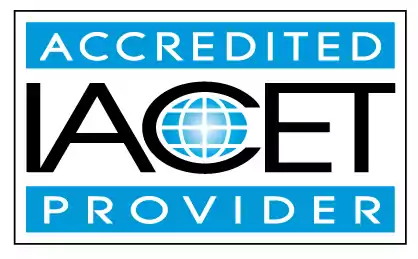Identify best practices in room arrangement
Discover the best practices in room arrangement for the preschool setting. Our expert search engine optimization team brings you insights and tips on how to optimize your early childhood education and child care centers. Find valuable information on creating an optimal learning environment for young learners.Trainings incorporating this outcome
Age group
Proficiency Level
120 hours courses
45 hours courses
Related Outcomes
- Identify best practices in room arrangement for the preschool setting.
- Identify appropriate practices for identify and demonstrate an children: Identify importance of individual planning
- Identify appropriate practices for identify and demonstrate an children: Define Developmentally Appropriate Practice
- Identify appropriate practices for identify and demonstrate an children: Identify examples of appropriate activities for different ages
- Identify best practices when communicating with emergency personnel.
- Identify appropriate practices for identify and demonstrate an children: Teacher directed vs child directed
- Identify optimal room arrangements by comparing multiple childcare settings.
- Identify appropriate practices for identify and demonstrate an children: components of a lesson plan
- Define and identify the components of developmentally appropriate practice
- Identify appropriate practice for the identification, prevention, and treatment of communicable diseases and illnesses in child care setting
- Identify types of abuse, by identifying signs of abuse and neglect
- Demonstrate understanding of positive alternatives of timeouts and certain disciplining techniques based on best practices.
- Identify appropriate practices communicable diseases/illnesses and immunizations and their schedules in child care setting
- Identify appropriate practices for teacher- and child-directed activities.
- Identify safety management and supervision practices of school-aged children.
- Identify safe practices in the prevention of and response to food and other allergies in the childcare environment.
- Define and identify the components of developmentally appropriate practice for children aged 2 to 5.
- Identify practices for managing Illnesses, diseases, allergies, and medication in child care.
- Identify safe practices with infants including SIDS, Abusive Head Trauma, and SBS.
- Demonstrate an understanding of optimal room arrangements for family child care settings and their components.
Related Articles
- Effective and Engaging Classroom and Home Daycare Room Arrangements
- Every Child Matters: Practical Tips for a Safe and Inclusive Classroom
- Nature’s Classroom: Why Fall Is the Best Season for Sensory Learning Outdoors
- Tis the Season for Certification: Childcare Credential is the Best Gift
- Cross-Cultural Toilet Training Practices
- Classroom Arrangement
- The Glitter Conundrum: Why It’s Both the Best and Worst Thing to Happen to Childcare Crafts
- How to Incorporate Fine Motor Skills Practice Into Daily Activities
- The Best Childcare Courses Online for Parents: Learn at Your Own Pace
- Where Can I Study ECD online? The Best Online Resources for Aspiring Educators
- Mastering DAP: Key Practices for Early Childhood Educators
- Emergency Preparedness in Childcare: Creating and Practicing Safety Protocols
- National Best Friends Day
- Business Practices and Policy
- Identifying Developmental Milestones in Children
- Supporting Breastfeeding Practices in Child Care Training for Daycare Centers
- Snack Attack! The Best Brain Foods for Growing Minds i
- The Role of Safe Sleep Practices in Reducing SIDS Risk
- Where to Find the Best Early Childhood Education Courses
- Rethinking Your Classroom Arrangement
 12 CEUs
12 CEUs